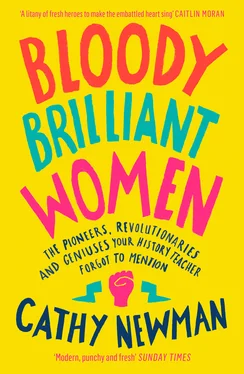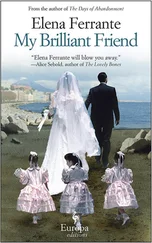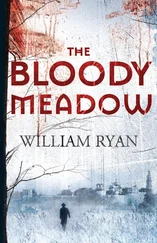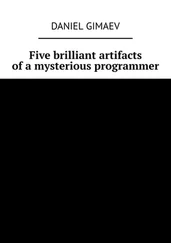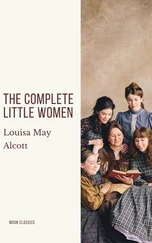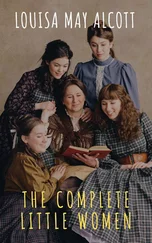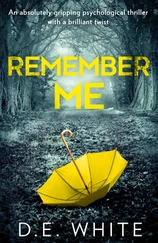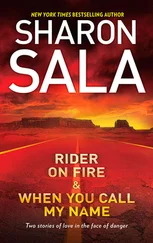The truth had to be more nuanced. And the deeper I delved into the history of twentieth-century Britain, the more it appeared that the shape and extent of female influence was far greater than generally acknowledged. I’m not just talking about the arts or education, where talented women have long been celebrated, but in traditionally ‘male’ fields like medicine, politics, law, engineering and the military. Were it not for women, those significant features of modern Britain such as council housing, hospices and the humane laws relating to property ownership, child custody and divorce might not exist in the same form.
The more I read about these women pioneers, the more frustrated I became that so many are so little known outside academic literature. Not only did these women achieve remarkable things, but they usually had to battle hostility and discrimination as they did so. This book is my attempt to bring these women and their accomplishments to a wider audience; to tell their story – and ours.
One of its working titles was The Class of 1918 , because that is how I thought of these women while I was writing: 1918 being, if not exactly a feminist Year Zero, then the year when the ball started rolling in the direction of equality. It was the year when the Representation of the People Act allowed women to vote if they were over the age of 30 and met a ‘property qualification’. At the same time, the Parliament (Qualification of Women) Act in 1918 gave women over twenty-one the right to stand for election as MPs. Which was momentous, although it did mean that between 1918 and 1928 some women were in the odd position of being able to stand for Parliament but unable to vote: Jennie Lee was twenty-three when she stood as the North Lanark Labour candidate in the 1929 by-election, just before the rules were changed.
The Class of 1918 are those women who either prepared the ground for or immediately benefited from the burst of empowerment which followed getting the vote. For Western women, 1918 is the start of the modern era. Just as historians use the term ‘the long twelfth century’ as shorthand for the period between 1050 and 1250 – a way of rationalising the massive changes that occurred in those two hundred years – so you can argue that, for women, the twentieth century started later than it did for everyone else and hasn’t yet ended. Not until 1928 was the voting franchise in Great Britain and Northern Ireland extended to all women over the age of twenty-one, finally giving them the vote on the same terms as men.
To make sense of the modern era, you need to understand the years which immediately preceded it. So my history includes women who predate even first-wave feminism – the activist Ada Nield Chew, for example, and Octavia Hill, whose National Trust for Places of Historic Interest or Natural Beauty arose out of her campaigning for better quality housing for the poor.
-------------------------------------
That women have the same rights and opportunities as men is practically a given for my two young daughters. They watch Channel 4 News , see me interviewing what must seem like an endless procession of female politicians, bankers, lobbyists, CEOs, etc. The fact that a little over a hundred years ago most British women couldn’t even vote is scarcely credible to them. They have only the vaguest notion of what today’s modern, successful women have inherited from their forebears; of what they need to be thankful for; of how painfully slow the process of being taken seriously has been and, indeed, continues to be.
This is where the idea of ‘women’s history’ comes in. Do we still need such a thing? We certainly did – the first 1885 edition of the prestigious Dictionary of National Biography found room for only 3 per cent of women in its sixty-two volumes – and I would argue we still do.
Of course, the danger of gathering together the experiences of so many different women (black, white and Asian; straight or LGBTQ+) is that the specificity of those experiences to those particular women gets overlooked. They may have trodden similar paths and faced similar pitfalls. But oppression comes in many shapes and sizes.
Even primary-school children now learn that the kind of discrimination Florence Nightingale had to overcome as a wealthy, upper-middle-class, well-connected English woman was very different to that experienced by her fellow nurse Mary Seacole as a mixed-race woman (a ‘mulatto’, in the language of the day) who identified as both Scottish and Jamaican. I have done my best in what follows to bear this in mind.
This is not a textbook. I have tried to write about these remarkable women in an accessible and entertaining way. At its heart, though, are two basic questions: what were the sources of female power in the twentieth century? And what have women used this power to achieve?
The answers are complex because female power is complex. Even if we accept that, for much of human history, women have conducted their lives in a patriarchal bubble – subordinate in law, custom and religion to the men around them; not even wanting equality with men, so ridiculous did the idea seem – it doesn’t mean they lacked purpose and agency. And it doesn’t mean we shouldn’t celebrate their achievements.
As modern women, we are instinctively drawn to a certain species of trailblazer – the women it’s easy and satisfying to claim as proto-feminists. But not all of them would be pleased to wear the T-shirt.
Take the eighteenth-century writer and philanthropist Hannah More for starters. It was fine, she thought, to teach poor women to read so that they could understand the Bible; but she was shocked by women she had heard about in France who ‘run to study philosophy, and neglect their families to be present at lectures in anatomy’, and she loathed the sort of education reforms proposed by Mary Wollstonecraft: ‘How many ways there are of being ridiculous!’
When the explorer Mary Kingsley returned from the second of her expeditions to West Africa in October 1895, she distanced herself from the New Women then being discussed in newspapers, arguing that women’s suffrage was ‘a minor question; while there was a most vital section of men disenfranchised women could wait.’ The polymathic explorer Gertrude Bell – one of the cleverest, most remarkable British women of the early twentieth century – couldn’t understand why women wanted the vote. Believing the whole business to be a silly distraction from the grand imperial project to which she was committed, she became first secretary of the Women’s National Anti-Suffrage League.
Another modern feminist reflex – and I must plead guilty here – is to scoff at traditional ‘homemaker’ roles. It’s one thing to believe, as I do, that too many women remained trapped in them for too long, their intellectual freedom of movement curbed; but it’s quite another to claim that they have no value. The opposite is the case: it was domestic power that many of the women featured in this book harnessed.
High-born historical heroines wouldn’t have been doing the dishes, yet frequently their lot was to be also-rans: nearly-queens such as Matilda, daughter of Henry I, who just missed out on the throne in 1153; or queens who stood in for absent monarchs such as Eleanor of Aquitaine, who governed England while her son Richard the Lionheart was off fighting the crusades. In her brilliant book about these pre-Tudor queens, She-Wolves (2010), the historian Helen Castor notes that their power was perceived as ‘a perversion of “good” womanhood, a distillation of all that was most to be feared in the unstable depths of female nature’. 1It was a view promoted most famously by the Scottish reformer John Knox in his polemic of 1558, The First Blast of the Trumpet Against the Monstrous Regiment of Women : ‘For nature hath in all beasts printed a certain mark of domination in the male and a certain subjection in the female which they keep inviolate.’
Читать дальше
